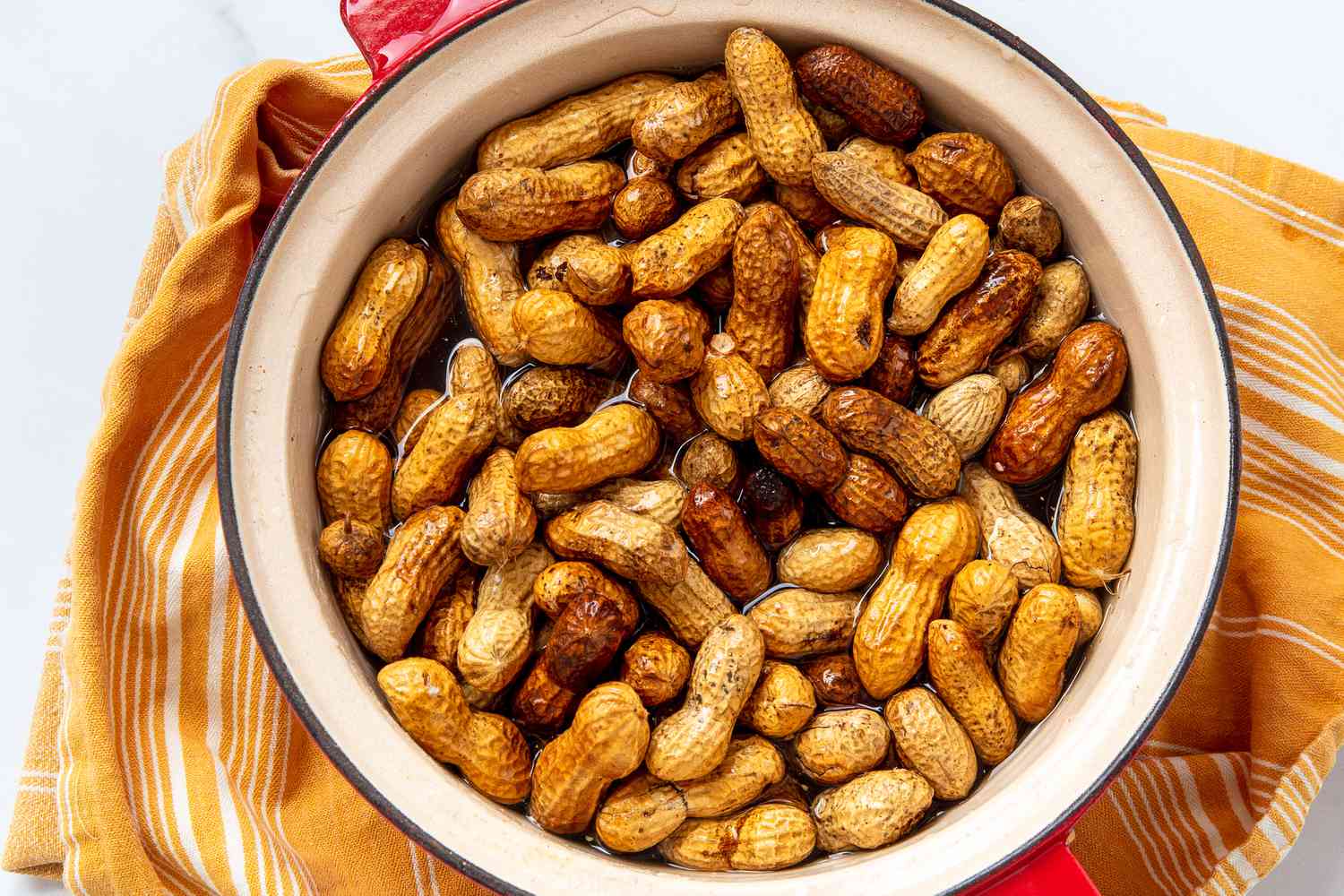

Articles
How To Store Boiled Peanuts
Modified: August 25, 2024
Learn how to properly store boiled peanuts to keep them fresh and flavorful for longer. Read our informative articles for helpful tips and tricks.
(Many of the links in this article redirect to a specific reviewed product. Your purchase of these products through affiliate links helps to generate commission for Storables.com, at no extra cost. Learn more)
Introduction
Boiled peanuts are a beloved snack that has been enjoyed for generations in many parts of the world. Whether you have just discovered the delights of these flavorful legumes or you are a long-time aficionado, knowing how to properly store boiled peanuts is essential to preserving their taste and texture.
Boiled peanuts are not only delicious, but they also offer a range of health benefits. Packed with essential nutrients such as protein, fiber, and vitamins, they make for a satisfying and nutritious snack. They are also low in calories and contain heart-healthy fats. Whether you enjoy them on their own or incorporate them into your favorite recipes, boiled peanuts can be a tasty way to add nutritional value to your diet.
To ensure that your boiled peanuts maintain their freshness and flavor, it is important to start with high-quality peanuts. Look for fresh, raw peanuts that are still in their shells. They should be firm and free from any discoloration or mold. This ensures that you are working with the best ingredients to get the tastiest results.
The process of boiling peanuts begins with thoroughly washing the raw peanuts to remove any dirt or debris. Then, they are boiled in a flavorful brine or seasoned water until they reach the desired level of tenderness. Boiling times can vary depending on the size and freshness of the peanuts, but a general guideline is to simmer them for about 2-4 hours. It is important to periodically check the texture of the peanuts to avoid overcooking.
One of the great things about boiled peanuts is that they can be seasoned to suit your taste preferences. Traditional seasonings include salt, Cajun spices, or even a dash of hot sauce for an added kick. Experimenting with different seasonings can add variety to your snacking experience.
Once the peanuts have been boiled, they need to be cooled and drained properly. This is crucial to avoid a soggy texture and prevent bacterial growth. After cooling, you can use a strainer or colander to drain the excess liquid, ensuring that the peanuts are no longer sitting in water.
Now comes the important part – storing boiled peanuts. It is best to store them in an airtight container to maintain their freshness. If you are planning to eat them within a day or two, you can keep them at room temperature. However, if you want to extend their shelf life, it is recommended to store them in the refrigerator.
To reheat boiled peanuts, simply place them in a microwave-safe dish and heat them for a short duration. Be cautious not to overheat them, as this can result in a rubbery texture. It is best to reheat them in small batches to retain their taste and texture.
By following these simple steps, you can ensure that your boiled peanuts stay fresh and delicious for longer. So, go ahead and indulge in this popular and flavorful snack, knowing that you have the knowledge to store them properly for future enjoyment. Let’s explore some tips and tricks to make your boiled peanut experience even more enjoyable.
Key Takeaways:
- Boiled peanuts offer a range of health benefits, including being nutrient-rich, heart-healthy, and high in fiber. Experimenting with different seasonings can add variety to your snacking experience.
- Properly storing, reheating, and seasoning boiled peanuts is essential for maintaining their flavor and texture. From room temperature storage to creative seasoning options, there are endless ways to enjoy this beloved snack.
Benefits of Boiled Peanuts
Boiled peanuts are not only a tasty snack but also offer a range of health benefits. Packed with essential nutrients and minerals, they can be a nutritious addition to your diet. Here are some of the key benefits of consuming boiled peanuts:
1. Nutrient-rich: Boiled peanuts are a good source of protein, fiber, and healthy fats. They contain essential amino acids necessary for the body’s growth and repair. They also provide a decent amount of vitamins and minerals, including vitamin E, folate, magnesium, and potassium.
2. Heart-healthy: Boiled peanuts are a great snack option for those concerned about their heart health. They are low in unhealthy saturated fats and cholesterol while being rich in monounsaturated and polyunsaturated fats, which are beneficial for heart health. These healthy fats can help lower bad cholesterol levels and reduce the risk of cardiovascular diseases.
3. High in fiber: Boiled peanuts are an excellent source of dietary fiber. Fiber contributes to a healthy digestive system by promoting regular bowel movements and preventing constipation. It also helps control blood sugar levels, reduces the risk of diabetes, and aids in weight management by keeping you feeling full for longer.
4. Antioxidant properties: Boiled peanuts contain various antioxidants, such as resveratrol, which can help protect against oxidative stress and reduce inflammation in the body. These antioxidants play a crucial role in preventing chronic diseases like cancer and may even slow down the aging process.
5. Boosts energy: As a good source of protein, boiled peanuts can provide the body with sustained energy throughout the day. They also contain carbohydrates that are essential for fueling the body and improving stamina. Including boiled peanuts in your pre- or post-workout snack can replenish energy levels and aid in muscle recovery.
6. Promotes satiety and weight management: Boiled peanuts are a filling snack that can help curb hunger cravings and prevent overeating. The combination of protein, fiber, and healthy fats in boiled peanuts promotes satiety and can contribute to weight management goals. Snacking on boiled peanuts instead of unhealthy junk food can support a healthy and balanced diet.
7. Bone health: Boiled peanuts are a good source of minerals like magnesium, phosphorus, and calcium, which are essential for maintaining strong and healthy bones. These minerals contribute to bone density and help prevent conditions such as osteoporosis.
8. Improves brain function: The key nutrients found in boiled peanuts, such as vitamin E and folate, have been linked to improved brain health and cognitive function. These nutrients play a role in memory retention, concentration, and overall brain development.
It’s important to note that while boiled peanuts offer numerous health benefits, moderation is still key. They can be high in sodium if heavily seasoned, so it’s advisable to control the amount of added salt or opt for lower-sodium seasoning options. Additionally, individuals with peanut allergies should avoid consuming boiled peanuts.
With their combination of taste and health benefits, boiled peanuts make for a versatile and satisfying snack option. Incorporating them into your diet can contribute to a well-rounded and nutritious eating plan.
Choosing the Right Peanuts
When it comes to making delicious boiled peanuts, selecting the right peanuts is crucial. The quality and freshness of the peanuts will greatly impact the taste and texture of the final product. Here are some key factors to consider when choosing the right peanuts for boiling:
1. Raw and in-shell: For the best results, it is recommended to use raw peanuts that are still in their shells. Raw peanuts have a higher moisture content, making them more suitable for boiling and absorbing flavors during the cooking process. In-shell peanuts also help to retain moisture, ensuring that the peanuts stay juicy and tender on the inside.
2. Freshness: Look for peanuts that are fresh and have not been sitting on the shelf for too long. Fresh peanuts have a higher water content, which enhances their texture when boiled. They should be plump, firm, and free from any signs of mold or discoloration. Avoid peanuts that feel soft or have a stale smell, as they may have started to spoil.
3. Size: Peanuts come in different sizes, ranging from small to jumbo. The size of the peanuts can affect the cooking time and texture. Larger peanuts generally take longer to cook and may have a slightly different texture compared to smaller ones. Choose the size that you prefer, keeping in mind that smaller peanuts tend to cook faster and evenly.
4. Variety: There are many varieties of peanuts available, such as Virginia, Valencia, Spanish, and more. Each variety has its unique flavor, texture, and oil content. Virginia peanuts are often recommended for boiling as they are known for their large size, sweet flavor, and crunchy texture. Experimenting with different varieties can add diversity to your boiled peanut experience.
5. Source: Pay attention to the source of the peanuts. Look for reputable brands or suppliers that prioritize quality and freshness. Local farmers’ markets or specialty stores may offer fresher peanuts compared to mass-produced packaged options. If possible, choose organic peanuts to ensure they are free from pesticides and other harmful chemicals.
6. Storage: If purchasing peanuts in bulk or planning to store them for a longer period, consider the storage conditions. Peanuts should be stored in a cool, dry place to maintain their freshness. Excessive heat or moisture can lead to spoilage or the growth of mold. If possible, store peanuts in airtight containers or resealable bags to prevent exposure to air and humidity.
Remember, the quality of the peanuts will greatly impact the taste and texture of your boiled peanuts. By choosing fresh, raw peanuts that are still in their shells, you can ensure a flavorful and delightful snacking experience. So, take your time to select the right peanuts before embarking on your boiled peanut culinary adventure.
Properly Boiling Peanuts
Boiling peanuts is a simple yet crucial step in achieving the perfect texture and flavor. The process involves cooking raw peanuts in a flavorful liquid until they reach the desired doneness. Here are some tips to ensure that you properly boil your peanuts:
1. Washing the peanuts: Before boiling, it is important to thoroughly wash the raw peanuts to remove any dirt or debris. Rinse them under cool running water and gently rub them to clean the shells. This step helps ensure that the peanuts are clean and free from any impurities.
2. Salted water or brine: The next step is to prepare a liquid base for boiling the peanuts. Traditionally, a simple salted water or brine is used, but you can also add other seasonings for more flavor. In a large pot, fill it with enough water to fully cover the peanuts. Add salt to the water based on personal preference. A general guideline is to use 1/2 cup of salt for every gallon of water. Other seasonings such as Cajun spices, garlic, or bay leaves can be added to enhance the taste.
3. Boiling time: The cooking time for boiled peanuts can vary depending on the size and freshness of the peanuts. On average, it takes about 2-4 hours for the peanuts to become tender. It’s important to note that peanuts may require longer cooking times if they are larger or less fresh. To check for doneness, sample a peanut and make sure it is soft and cooked all the way through. If the peanuts are still firm, continue boiling and check them periodically until they reach the desired texture.
4. Maintaining a gentle simmer: Once the peanuts are added to the pot, bring the water to a boil and then reduce the heat to a gentle simmer. Avoid boiling the peanuts vigorously, as this can cause them to break apart or become overly mushy. Keep the heat low but ensure that the liquid is still simmering gently to allow for even cooking and absorption of flavors.
5. Skimming off foam: As the peanuts boil, you may notice foam or scum rising to the surface. Use a slotted spoon or skimmer to remove any foam that forms during the cooking process. Skimming off the foam helps maintain the clarity of the liquid and prevents it from bubbling over.
6. Adjusting seasoning: Taste the liquid periodically during the boiling process to check the seasoning. Adjust the salt or other seasonings if needed, keeping in mind that the peanut shells will absorb some of the flavors as they cook. Add more seasoning if you prefer stronger flavors, but be cautious not to over-season as the peanuts can become too salty.
By following these steps, you can ensure that your peanuts are properly boiled. The cooking time and seasoning can be adjusted to suit your taste preferences. Remember that boiling times can vary, so it’s essential to keep checking the doneness of the peanuts to achieve the desired texture. Once your peanuts are perfectly boiled, it’s time to explore various seasoning options to add even more flavor to your snack.
Seasoning Options
One of the wonderful aspects of boiled peanuts is the ability to experiment with different seasonings and flavors. While traditional boiled peanuts are often seasoned with salt, there are numerous other options to enhance their taste and create a more personalized snacking experience. Here are some popular seasoning options to consider:
1. Salt: Salt is the classic seasoning for boiled peanuts. It enhances the natural flavors of the peanuts and provides a savory undertone. You can choose from various types of salt, such as sea salt or Kosher salt, depending on your preference.
2. Cajun spices: For those who enjoy a bit of heat and a flavorful kick, Cajun spices are a fantastic choice. These spices typically contain a blend of paprika, cayenne pepper, garlic powder, onion powder, and other aromatic herbs and spices. Cajun seasoning can add a spicy, smoky, and slightly tangy flavor to your boiled peanuts.
3. Hot sauce: If you like your peanuts with an extra dose of heat, adding a few dashes of your favorite hot sauce can make them fiery and delicious. Whether you prefer the vinegary tang of Tabasco or the smoky spice of chipotle hot sauce, the choice is yours. Just be mindful of the amount of sauce you use, as too much can overpower the flavor of the peanuts.
4. Garlic and herbs: Infusing boiled peanuts with the aroma and taste of garlic and herbs can elevate their flavor profile. Add minced garlic, dried herbs like thyme or rosemary, or even a sprinkle of dried Italian seasoning to the boiling liquid. This imparts a savory and aromatic element that complements the peanuts beautifully.
5. Barbecue seasoning: If you crave smoky, tangy, and slightly sweet flavors, barbecue seasoning is a fantastic option. Look for a quality barbecue spice blend or make your own using a combination of paprika, brown sugar, chili powder, and other seasonings. The result is a tasty twist on traditional boiled peanuts that will satisfy your barbecue cravings.
6. Soy sauce and ginger: For an Asian-inspired twist, try adding soy sauce and fresh ginger to the boiling liquid. The soy sauce brings a rich umami flavor, while the ginger adds a subtle spiciness and aromatic note. These ingredients create a unique and flavorful experience that pairs well with the peanuts.
7. Lemon or lime: For a bright and refreshing flavor, squeeze some fresh lemon or lime juice into the boiling liquid. The citrusy tang adds a refreshing dimension to the peanuts and cuts through any richness. This is a fantastic option if you prefer a lighter and zestier taste.
8. Sweet variations: While most boiled peanuts are savory, you can also prepare sweet variations for those with a sweet tooth. Consider boiling the peanuts with a little sugar, honey, or molasses to create a delightful caramel-like coating. Experiment with different sweeteners and add a pinch of cinnamon or nutmeg to enhance the flavors.
Remember, the seasoning options are limitless when it comes to boiled peanuts. Don’t be afraid to get creative and try different combinations of flavors to find your perfect taste. Whether you prefer spicy, savory, tangy, or sweet, there is a seasoning option that will make your boiled peanuts even more enjoyable. So, grab your favorite seasonings, get boiling, and let your taste buds embark on a flavorful adventure.
Store boiled peanuts in an airtight container in the refrigerator for up to 1 week. If you want to store them for longer, freeze them in a resealable bag for up to 6 months.
Read more: How To Store Peanuts In The Shell
Cooling and Draining Boiled Peanuts
After boiling the peanuts to perfection and infusing them with delicious flavors, the next step is to cool and drain them properly. This crucial step ensures that the peanuts retain the ideal texture and prevents them from becoming overly soggy. Here’s how to cool and drain boiled peanuts:
1. Remove from heat: Once the peanuts are cooked to your desired tenderness, it’s time to remove them from the heat source. Turn off the stove or heat source and carefully take the pot off the burner. It’s important to avoid overcooking the peanuts by leaving them in the hot liquid for too long.
2. Cooling period: Let the boiled peanuts cool in the cooking liquid for about 10-15 minutes. This allows them to settle and absorb more flavor while the temperature gradually decreases. During this time, the peanuts will continue to soak up the delicious seasonings.
3. Drain excess liquid: After the cooling period, it’s time to drain the excess liquid from the boiled peanuts. Using a strainer or colander, carefully pour the peanuts and cooking liquid into the strainer. Make sure you have a large enough container or sink beneath the strainer to catch the liquid. Gently shake the strainer to remove any excess liquid and allow the peanuts to drain.
4. Rinse (Optional): Some people prefer to rinse the boiled peanuts after draining to remove any excess salt or seasoning. If desired, rinse the peanuts under cool running water to remove any remaining brine or seasoning. This step is entirely optional and depends on personal preference.
5. Allow to air dry: After draining and, if necessary, rinsing, transfer the boiled peanuts to a clean, dry surface or a large tray lined with paper towels. Spread them out in a single layer to allow for air circulation. Let them air dry for about 10-15 minutes to remove any excess moisture.
6. Enjoy or store: Once the boiled peanuts are cooled, drained, and dried, they are ready to be enjoyed immediately. Simply serve them as a snack or incorporate them into your favorite recipes. However, if you want to store them for later use, follow the proper storage guidelines to ensure their quality remains intact.
By properly cooling and draining boiled peanuts, you maintain the desired texture and prevent them from becoming too waterlogged. This step ensures that you can enjoy the perfect balance of tenderness and flavor with every bite. So, take your time during the cooling and draining process, and get ready to savor the deliciousness of your boiled peanuts.
Storing Boiled Peanuts
To prolong the shelf life and maintain the flavor and texture of your boiled peanuts, proper storage is essential. Whether you have leftover boiled peanuts or want to make a larger batch for future snacking, here are the recommended methods for storing boiled peanuts:
Room Temperature Storage:
– If you plan to consume the boiled peanuts within a day or two, storing them at room temperature is an option. However, keep in mind that they will have a shorter shelf life compared to refrigerated or frozen peanuts.
– Place the boiled peanuts in an airtight container that provides a seal to prevent air exposure. Mason jars or resealable plastic bags work well for this purpose.
– Make sure the container is clean and dry before adding the peanuts. Any moisture can lead to spoilage and affect the quality of the peanuts.
– Store the container in a cool, dry place away from direct sunlight and heat sources. A pantry or cupboard is suitable for this purpose.
– Regularly check the peanuts for any signs of spoilage, such as mold growth or an off odor. If you notice any changes in texture, appearance, or smell, discard them immediately.
Refrigerator Storage:
– For longer-term storage, it is best to refrigerate boiled peanuts. This helps maintain their freshness and prevents bacterial growth.
– Place the boiled peanuts in an airtight container or resealable plastic bag.
– Label the container with the date to ensure you keep track of the peanuts’ freshness.
– Store the container in the refrigerator, preferably in the main compartment rather than the door where the temperature may fluctuate more.
– The boiled peanuts can typically be stored in the refrigerator for up to one week. However, it’s best to consume them within 3-4 days for optimal taste and quality.
Freezer Storage:
– If you have a larger batch of boiled peanuts or want to store them for an extended period, freezing is the best option.
– First, ensure that the boiled peanuts are completely cooled and drained before freezing.
– Transfer the peanuts to a freezer-safe container or heavy-duty freezer bags. Squeeze out as much air as possible to prevent freezer burn.
– Label the container with the current date.
– Place the container in the freezer, ideally in a spot where they won’t be frequently disturbed.
– Boiled peanuts can be stored in the freezer for up to three months. However, they are best consumed within one to two months for optimal quality.
Thawing and Enjoying Stored Boiled Peanuts:
– To enjoy the stored boiled peanuts, thaw them in the refrigerator overnight if frozen. If refrigerated, you can consume them directly.
– Once thawed or removed from the refrigerator, check for any signs of spoilage. Discard any peanuts that appear moldy, have an off smell, or a strange texture.
– Bring the boiled peanuts to room temperature or reheat them if desired. You can reheat them by microwaving in short intervals, or for larger batches, gently simmering them on the stovetop. Be cautious not to overcook, as this may result in a rubbery texture.
Properly storing boiled peanuts helps preserve their flavor and quality for an extended period. Whether at room temperature, in the refrigerator, or freezer, ensure to use airtight containers that protect them from exposure to air and moisture. By following these storage guidelines, you can savor the deliciousness of boiled peanuts even days or weeks after they are cooked.
Reheating Boiled Peanuts
Reheating boiled peanuts is a simple process that allows you to enjoy their delicious flavors and textures, even after they have been stored in the refrigerator or freezer. Whether you are thawing frozen boiled peanuts or warming up refrigerated ones, here are some methods to help you reheat them:
Microwave Method:
1. Place the desired amount of boiled peanuts in a microwave-safe dish. Make sure to spread them out evenly for more even reheating.
2. If the boiled peanuts are still in their shells, use a knife or fork to create small slits or punctures in the shells. This will help prevent the peanuts from exploding during reheating.
3. Cover the dish with a microwave-safe lid or a microwave-safe plate to prevent splattering.
4. Microwave the boiled peanuts on high power for 30-second intervals, stirring or shaking the dish between each interval. Continue reheating until the peanuts reach the desired temperature.
5. Be cautious not to overheat the peanuts, as they can become rubbery if cooked for too long.
Stovetop Method:
1. Place the boiled peanuts in a saucepan or pot on the stovetop.
2. Add a small amount of water or broth to the pot to prevent the peanuts from sticking or drying out during reheating.
3. Heat the peanuts over low to medium heat, stirring occasionally to ensure even heating. Be careful not to boil the peanuts, as this can cause them to become overly soft.
4. Continue reheating until the boiled peanuts reach the desired temperature.
Steaming Method:
1. Fill a pot with a small amount of water, bringing it to a simmer.
2. Place a steamer basket or a colander over the pot, ensuring that it doesn’t touch the water.
3. Spread the boiled peanuts in a single layer in the steamer basket or colander.
4. Cover the pot with a lid and steam the peanuts for 5-10 minutes, or until they are heated through.
5. Remove the peanuts from the steamer basket or colander and serve.
Remember, the reheating time will vary depending on the quantity and temperature of the boiled peanuts. It’s important to check for the desired temperature with a quick taste test or by inserting a fork into a peanut to ensure it is heated to your preference.
While reheating boiled peanuts can bring back their warmth and deliciousness, be aware that with each reheating, the texture may slightly change. They may become softer or slightly less crunchy compared to their freshly boiled state. Nonetheless, reheated boiled peanuts can still be enjoyed with their distinctive flavor intact.
Once reheated, serve the boiled peanuts as a snack, use them as a topping for salads or stir-fries, or incorporate them into your favorite recipes. With proper reheating techniques, you can savor the deliciousness of boiled peanuts, whether freshly cooked or stored leftovers.
Tips and Tricks
Boiling peanuts may seem like a straightforward process, but there are some tips and tricks that can help you achieve the best results and enhance your boiled peanut experience. Here are some handy tips to keep in mind:
1. Quality peanuts: Start with fresh, raw peanuts that are still in their shells. Look for peanuts that are firm and free from any discoloration or mold. Fresh peanuts will yield better results in terms of taste and texture.
2. Salt level: When seasoning the boiling liquid, start with a moderate amount of salt and adjust according to your taste preferences. It’s easier to add more salt later if needed than to reduce excessive saltiness.
3. Seasoning variations: Get creative with your flavors by experimenting with different seasonings. Try Cajun spices, hot sauce, garlic, or even sweet options like honey or brown sugar. Don’t be afraid to explore different combinations to find your favorite.
4. Periodic taste tests: Regularly taste the boiling liquid to check the seasoning. This allows you to make adjustments and ensure the peanuts are infused with the desired flavors.
5. Consider the cooking vessel: Use a pot or saucepan large enough to hold the peanuts comfortably. Overcrowding the pot may result in uneven cooking, as the peanuts can clump together.
6. Learn from experience: Pay attention to the cooking time and texture of the peanuts. Every batch of peanuts may require slightly different cooking times due to factors such as size and freshness. Keep notes or mentally record the cooking times to help guide you in future boilings.
7. Gentle simmering: Keep the boiling liquid at a gentle simmer rather than a vigorous boil. This helps prevent the peanuts from breaking apart or becoming overly mushy. A simmer allows the flavors to infuse evenly into the peanuts.
8. Patience is key: Boiling peanuts is a time-consuming process, as it can take several hours to achieve the desired tenderness. Be patient and resist the temptation to rush the cooking time. Slow and steady cooking leads to better results.
9. Cleaning the peanuts: Thoroughly wash the raw peanuts before boiling to remove any dirt or debris. This will ensure that the final product is clean and free from unwanted particles.
10. Storage strategies: Properly store boiled peanuts to maintain their texture and taste. Use airtight containers for room temperature or refrigerator storage, and consider freezing them for longer-term storage.
11. Label and date: When storing boiled peanuts, label the containers with the date to keep track of their freshness. This ensures that you consume them within a reasonable time frame.
12. Enjoy various textures: Boiled peanuts can be cooked to different levels of tenderness. Experiment with cooking times to find your preferred texture, whether you enjoy peanuts that are slightly crunchy or soft and melt-in-your-mouth.
Remember, boiling peanuts is as much an art as it is a science. Don’t be afraid to try new ingredients, seasoning combinations, or cooking techniques to personalize your boiled peanut recipes. With these tips and tricks, you’ll be able to elevate your boiled peanut game and enjoy a delicious and satisfying snack. Happy boiling!
Read more: How To Store Boiled Pasta
Conclusion
Boiled peanuts are a delightful and versatile snack that offers both taste and nutritional benefits. Knowing how to properly store, season, and cook boiled peanuts is key to enjoying their unique texture and flavor. By following the tips and tricks outlined in this article, you can enhance your boiled peanut experience and achieve the best results each time.
Starting with high-quality raw peanuts and selecting the right seasonings will set the foundation for delicious boiled peanuts. Whether you prefer traditional salted peanuts, spicy Cajun flavors, or creative sweet variations, there are endless possibilities to explore. Adjusting the cooking time and simmering the peanuts gently will yield tender, melt-in-your-mouth results.
After boiling, cooling, and draining the peanuts, storing them correctly ensures their longevity. Whether you opt for room temperature storage for immediate consumption, refrigeration for short-term freshness, or freezing for long-term preservation, using airtight containers is crucial to maintain their quality.
When it’s time to enjoy your boiled peanuts, reheating them correctly is essential. Whether using the microwave, stovetop, or steaming method, warm them gently and avoid overcooking to retain their original texture.
Remember to take note of personal preferences, experiment with seasonings and cooking times, and embrace the joy of preparing and savoring boiled peanuts. With a bit of practice, you’ll become a master at creating this beloved snack.
So, next time you’re in the mood for a delightful and nutritious treat, grab a bag of fresh raw peanuts and embark on the journey of boiling and seasoning your own peanuts. Enjoy the aroma, the flavors, and the experience of indulging in this delicious snack. Whether you enjoy them at a family gathering, a sporting event, or simply as a satisfying snack, boiled peanuts are sure to bring joy and delight to your taste buds.
Now that you've got the scoop on storing boiled peanuts, why not extend your food preservation prowess even further? For anyone eager to step up their kitchen organization game, our next article on "best food storage solutions" will surely hit the spot. Perfect for savvy planners and culinary enthusiasts alike, this read offers a wealth of practical advice on keeping your edibles fresh and your pantry clutter-free.
Frequently Asked Questions about How To Store Boiled Peanuts
Was this page helpful?
At Storables.com, we guarantee accurate and reliable information. Our content, validated by Expert Board Contributors, is crafted following stringent Editorial Policies. We're committed to providing you with well-researched, expert-backed insights for all your informational needs.
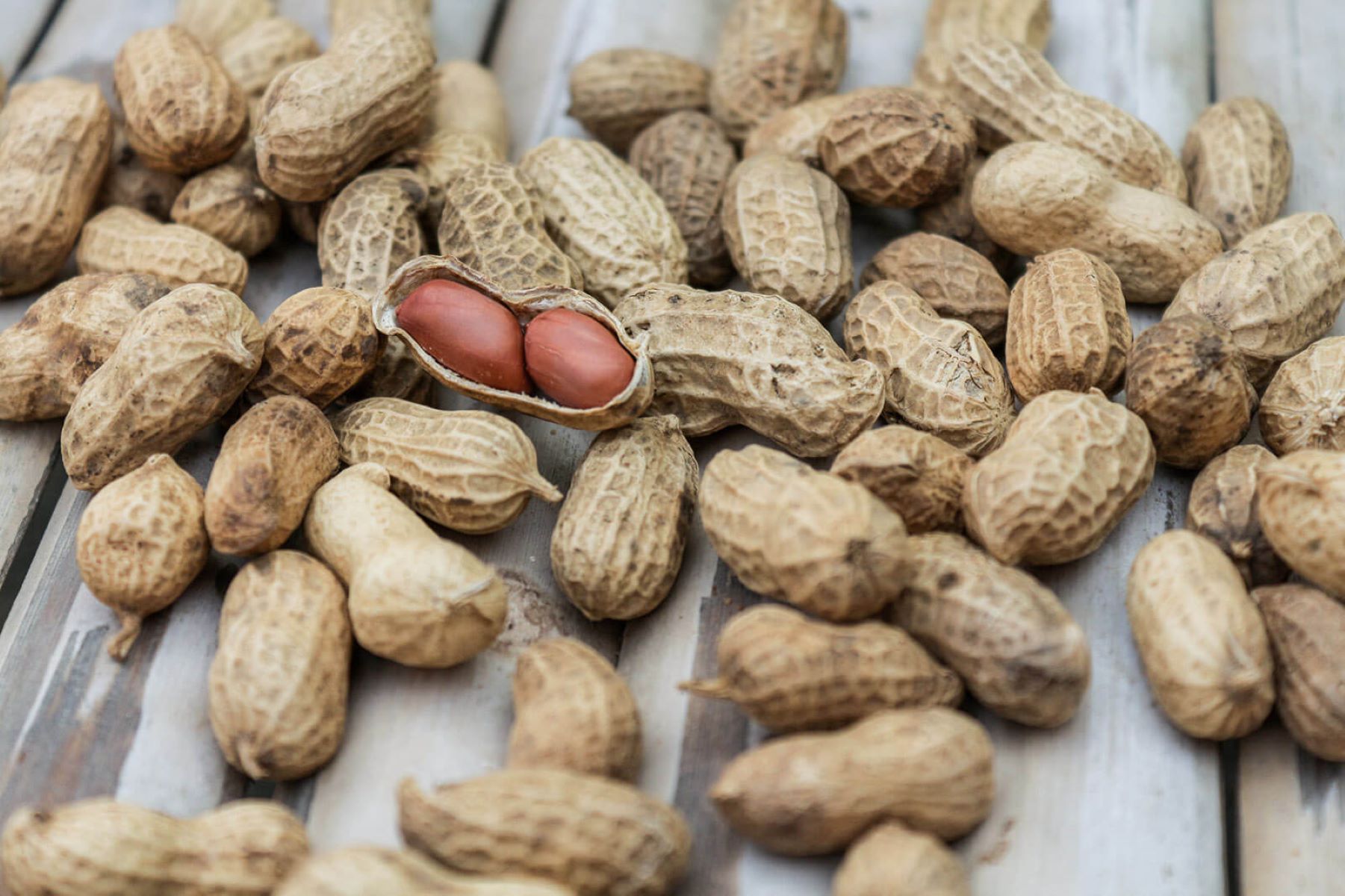
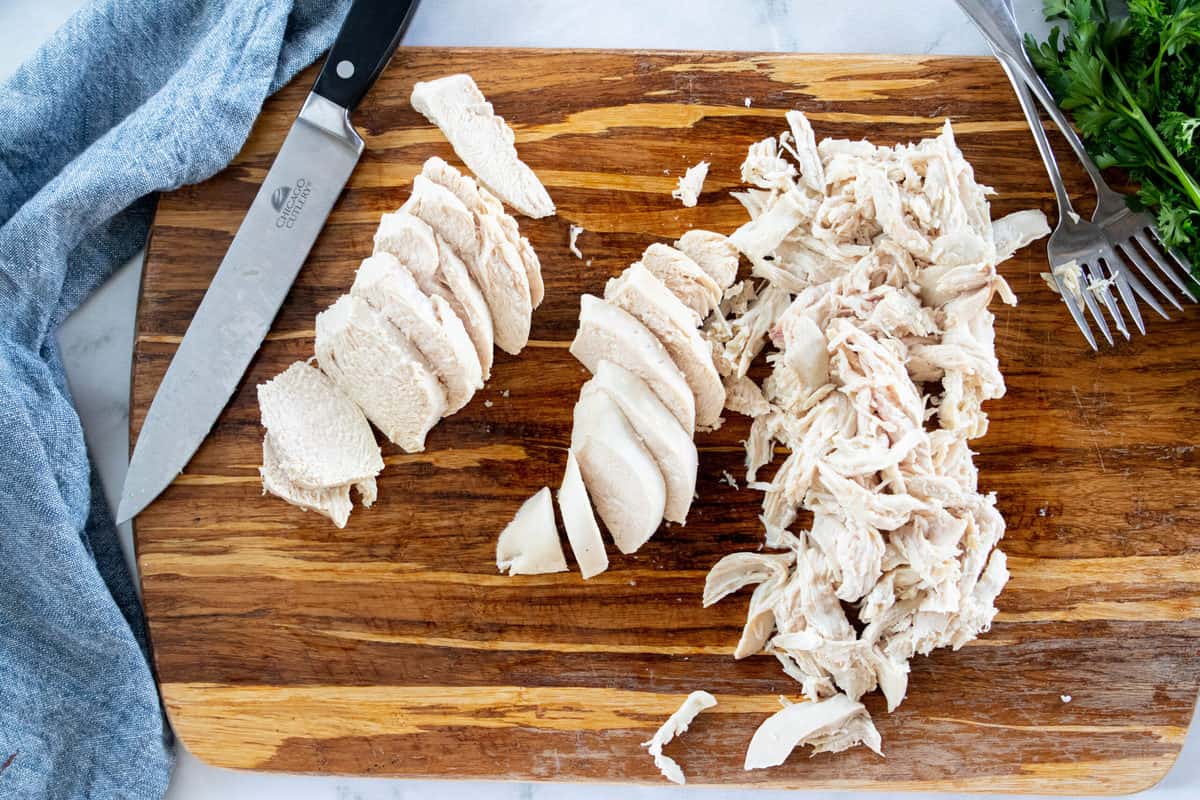
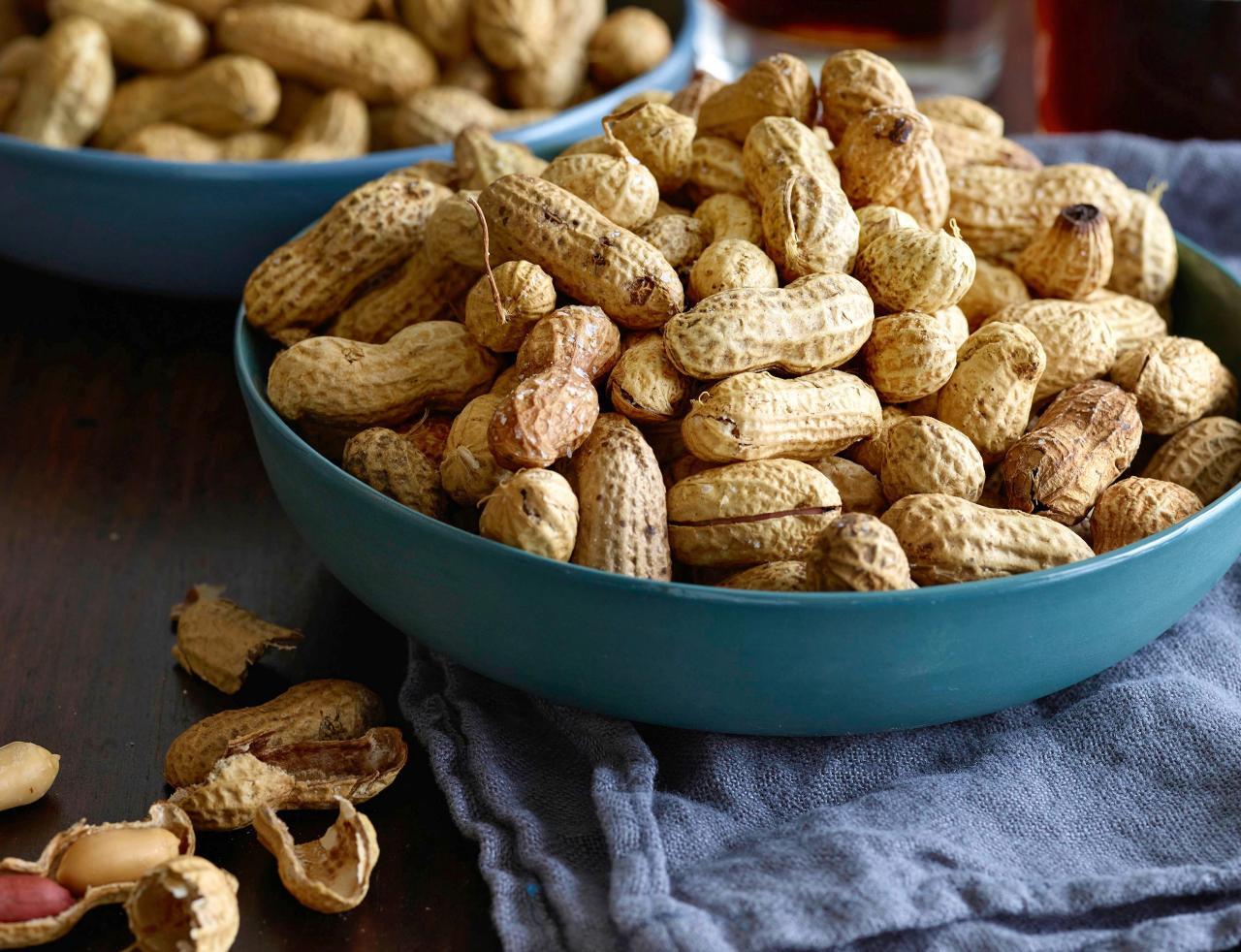
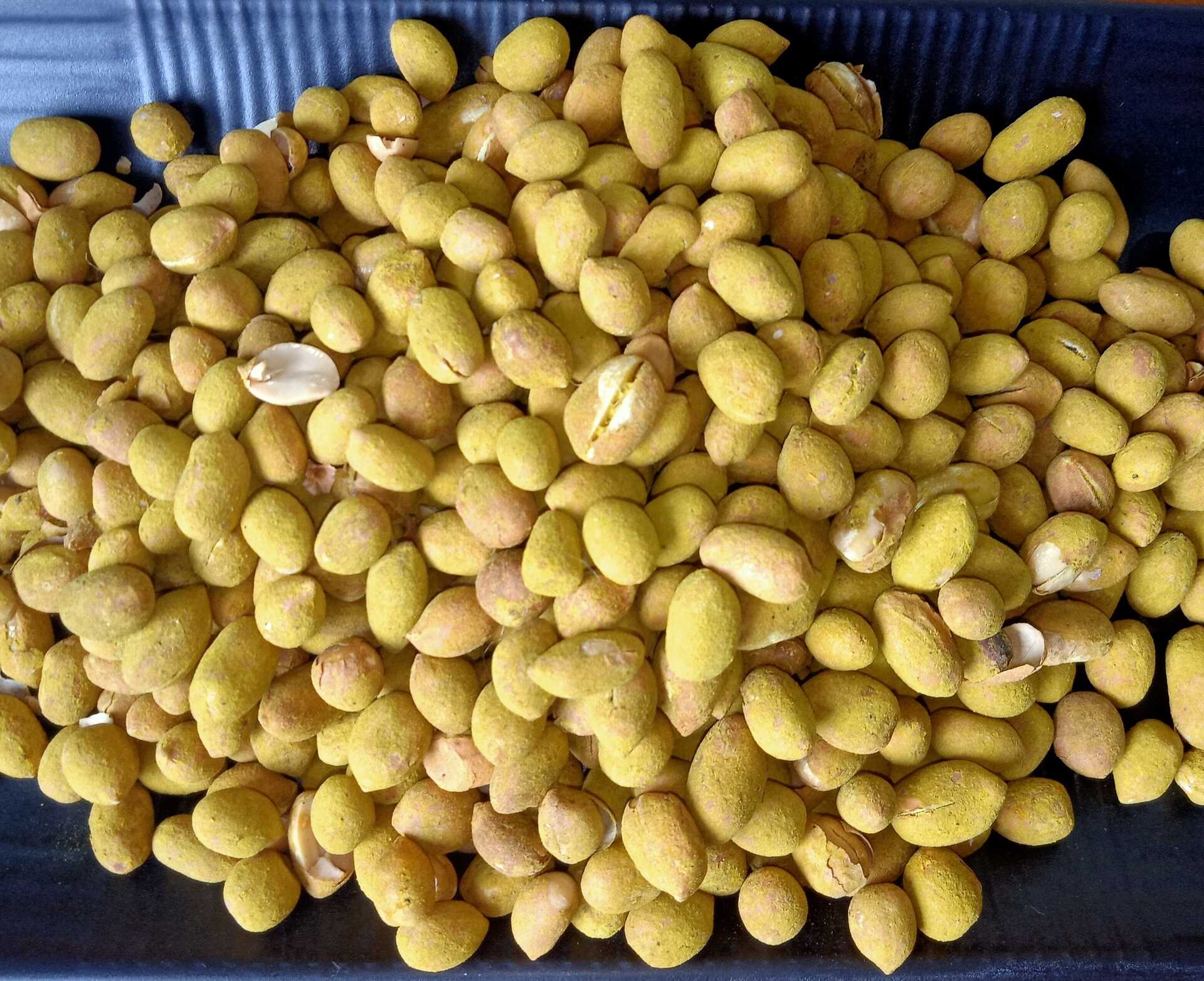
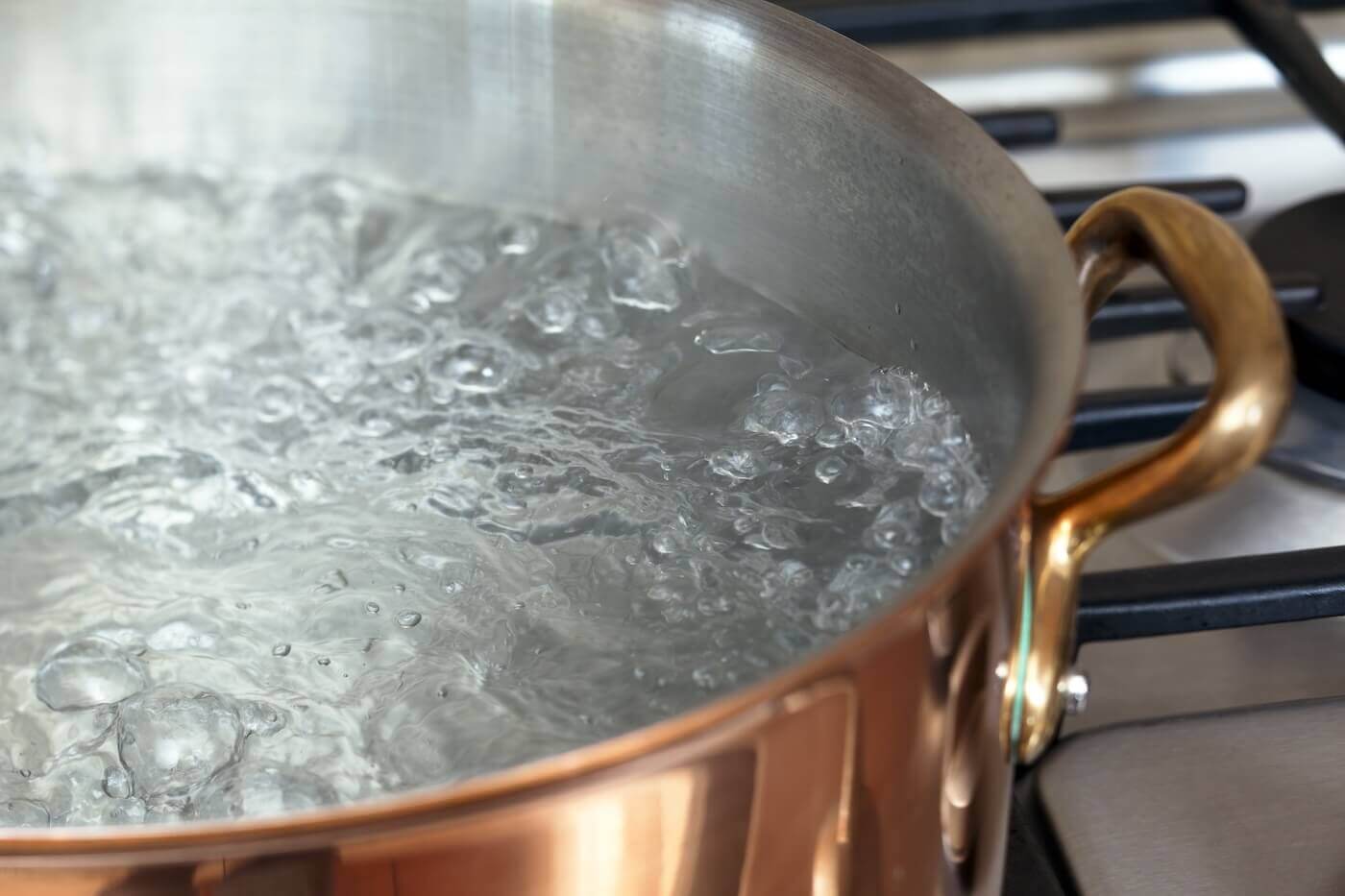
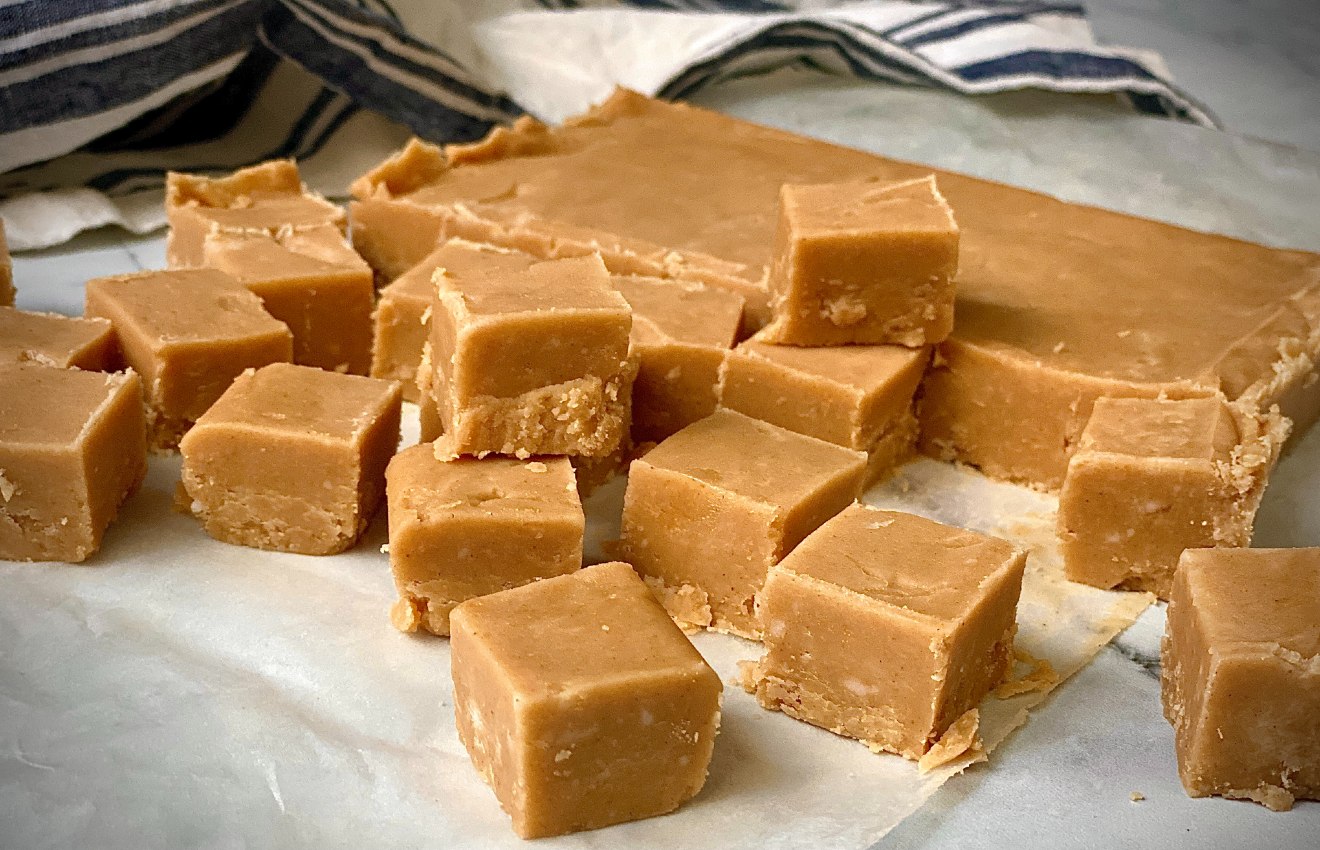
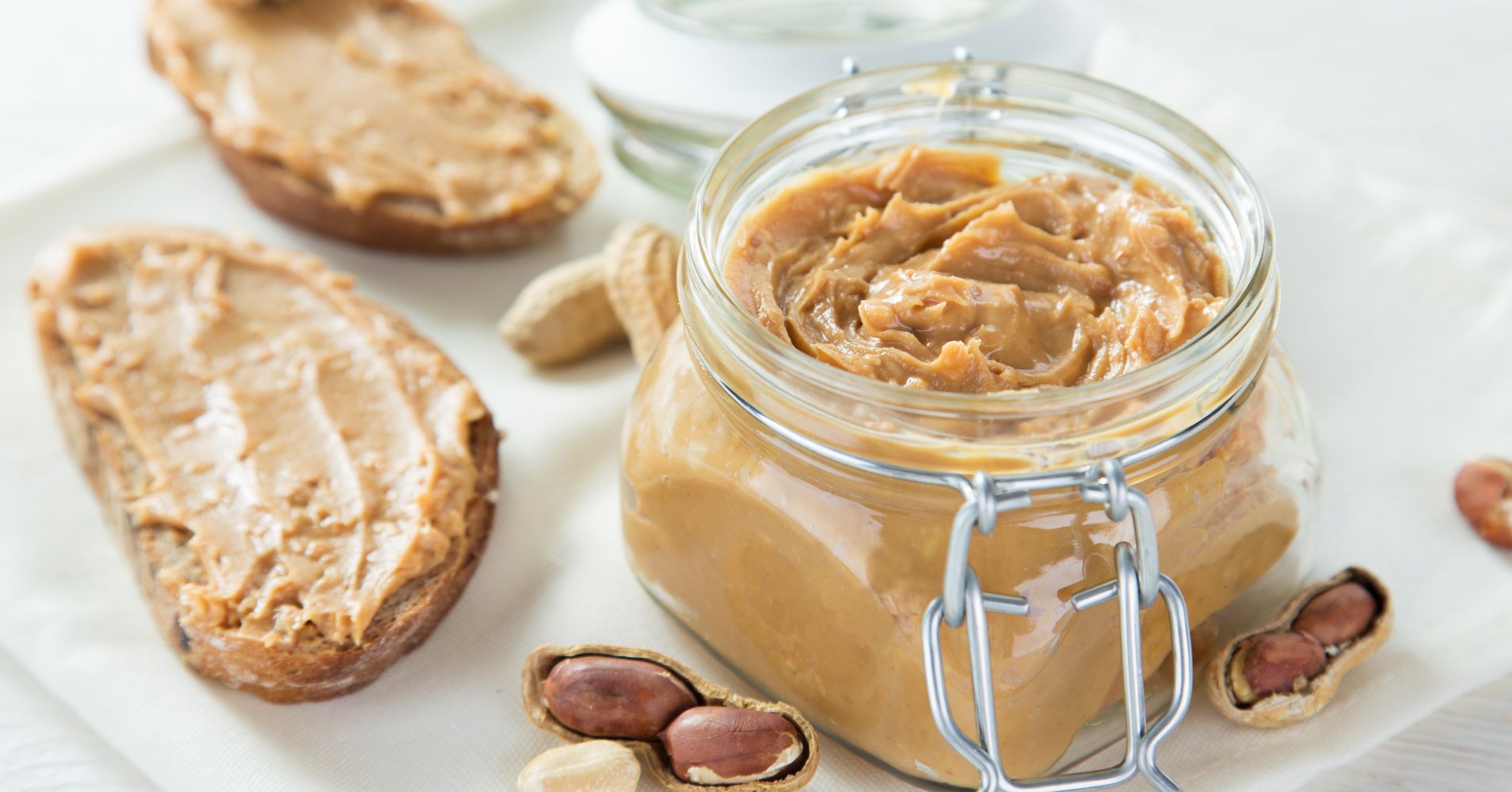
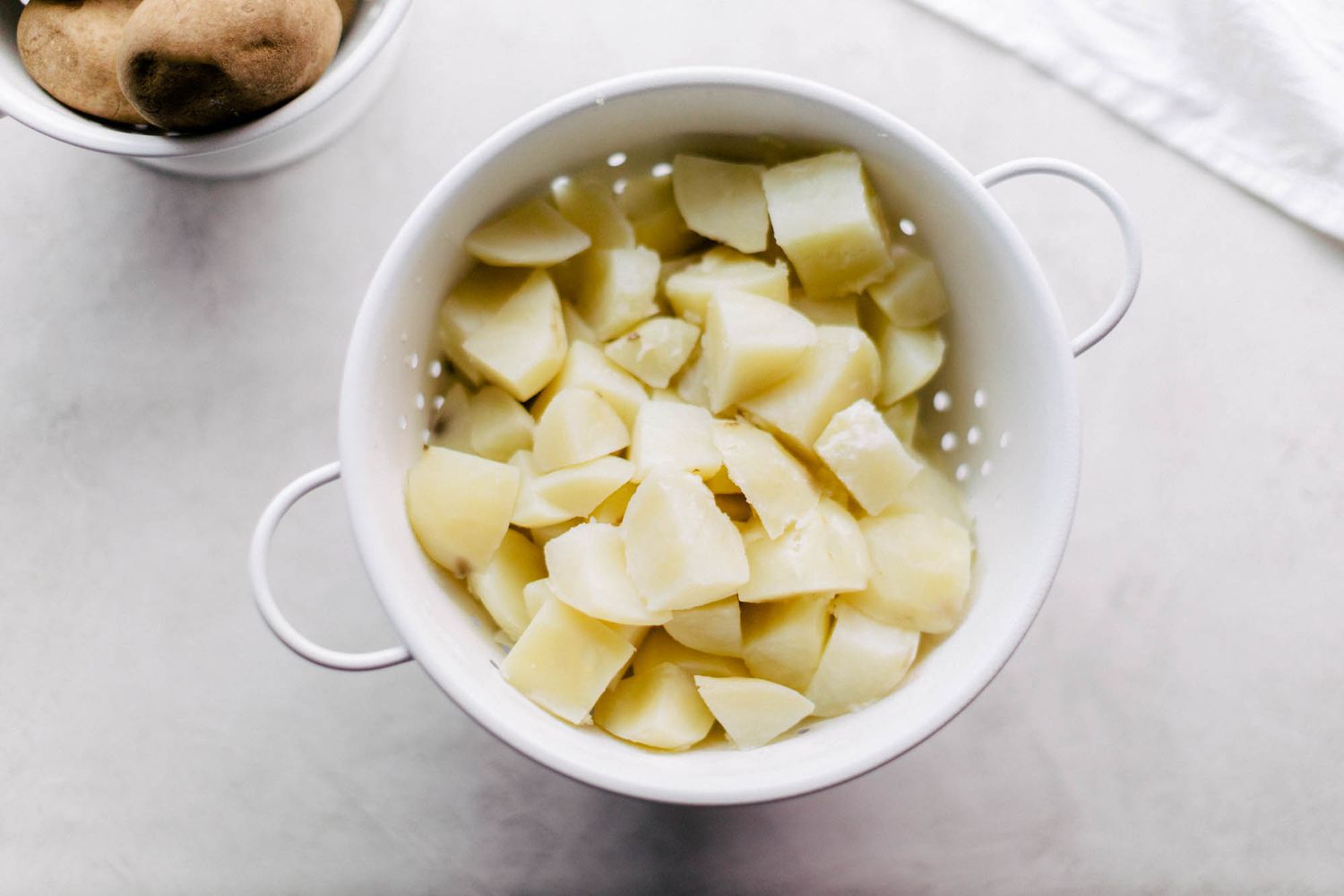
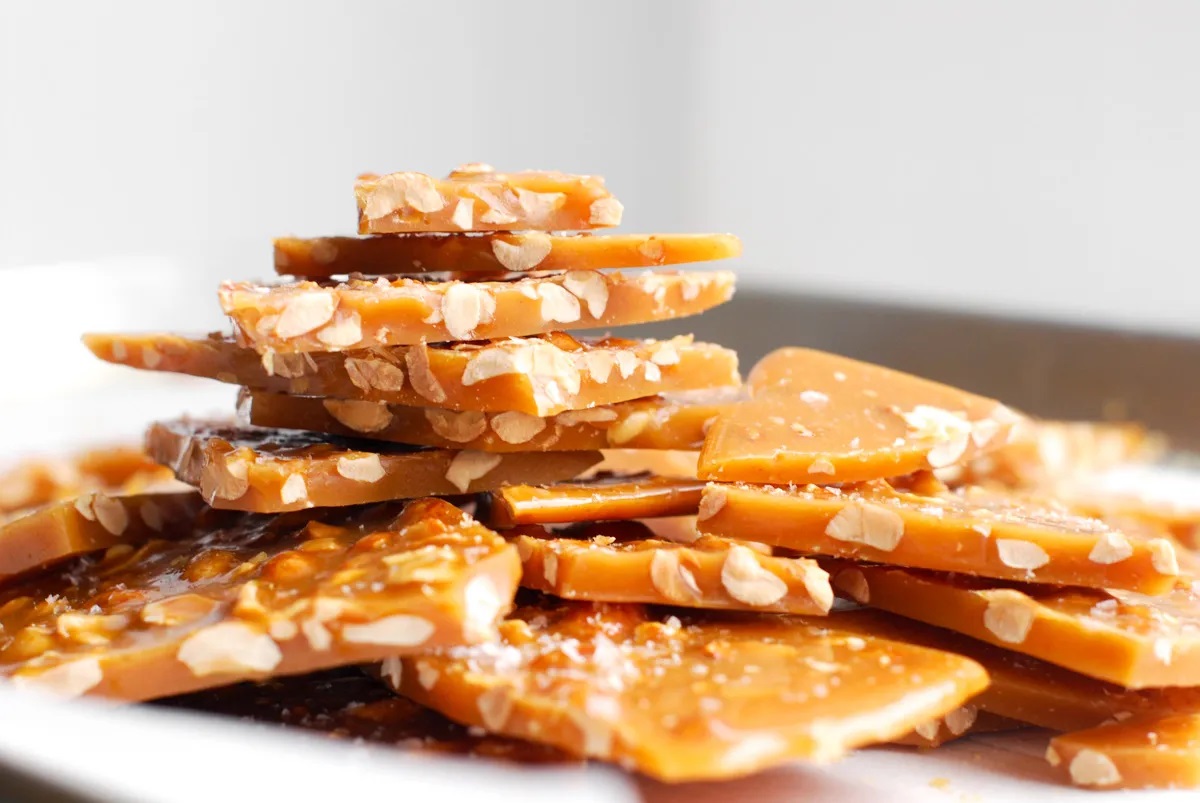
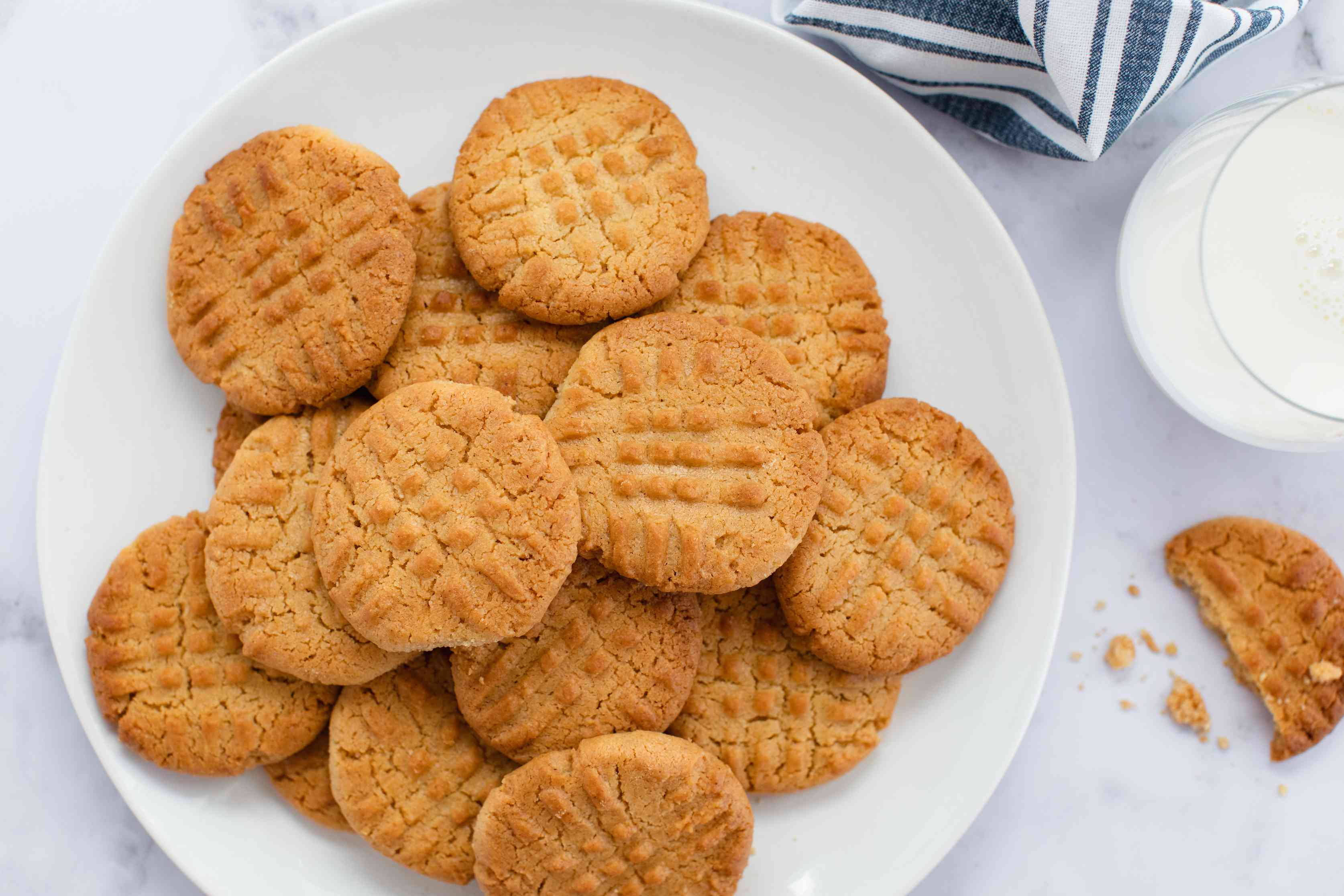
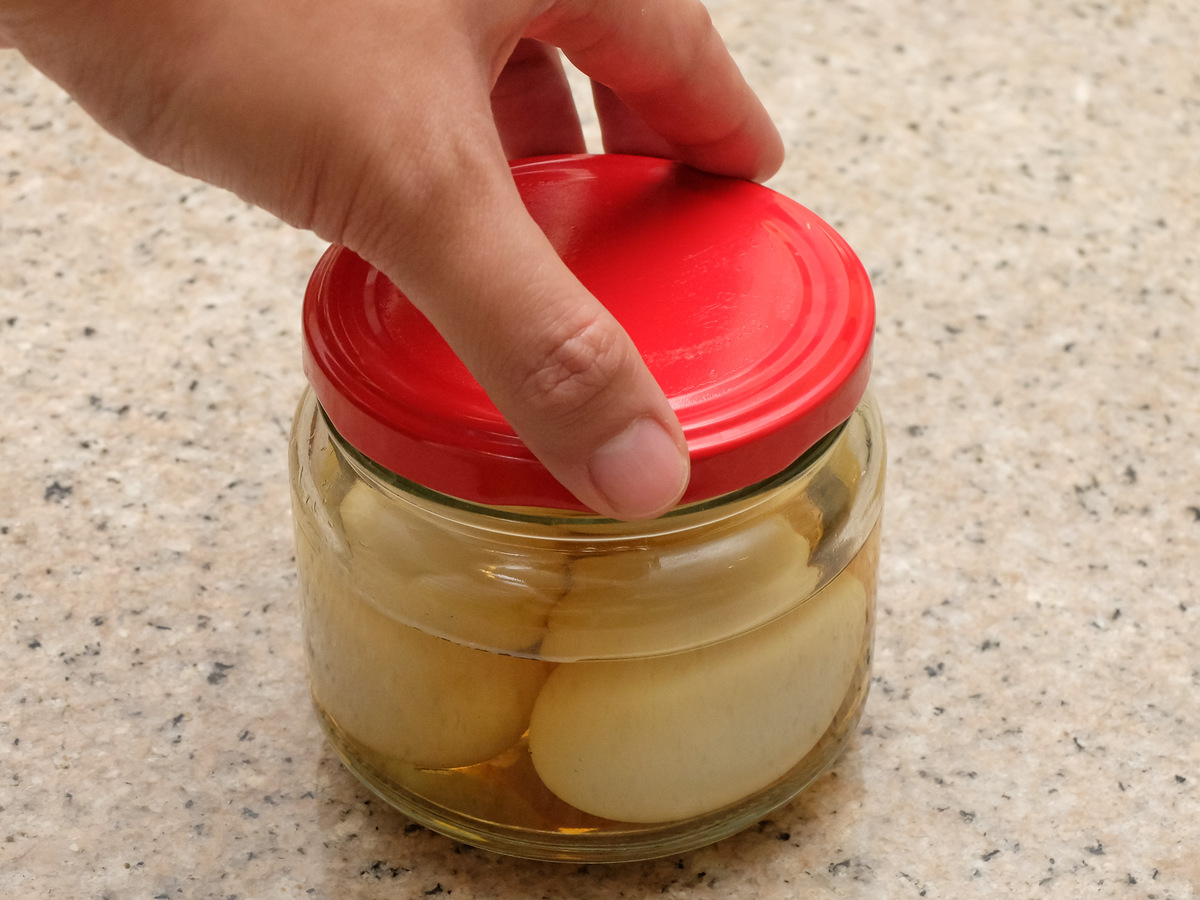
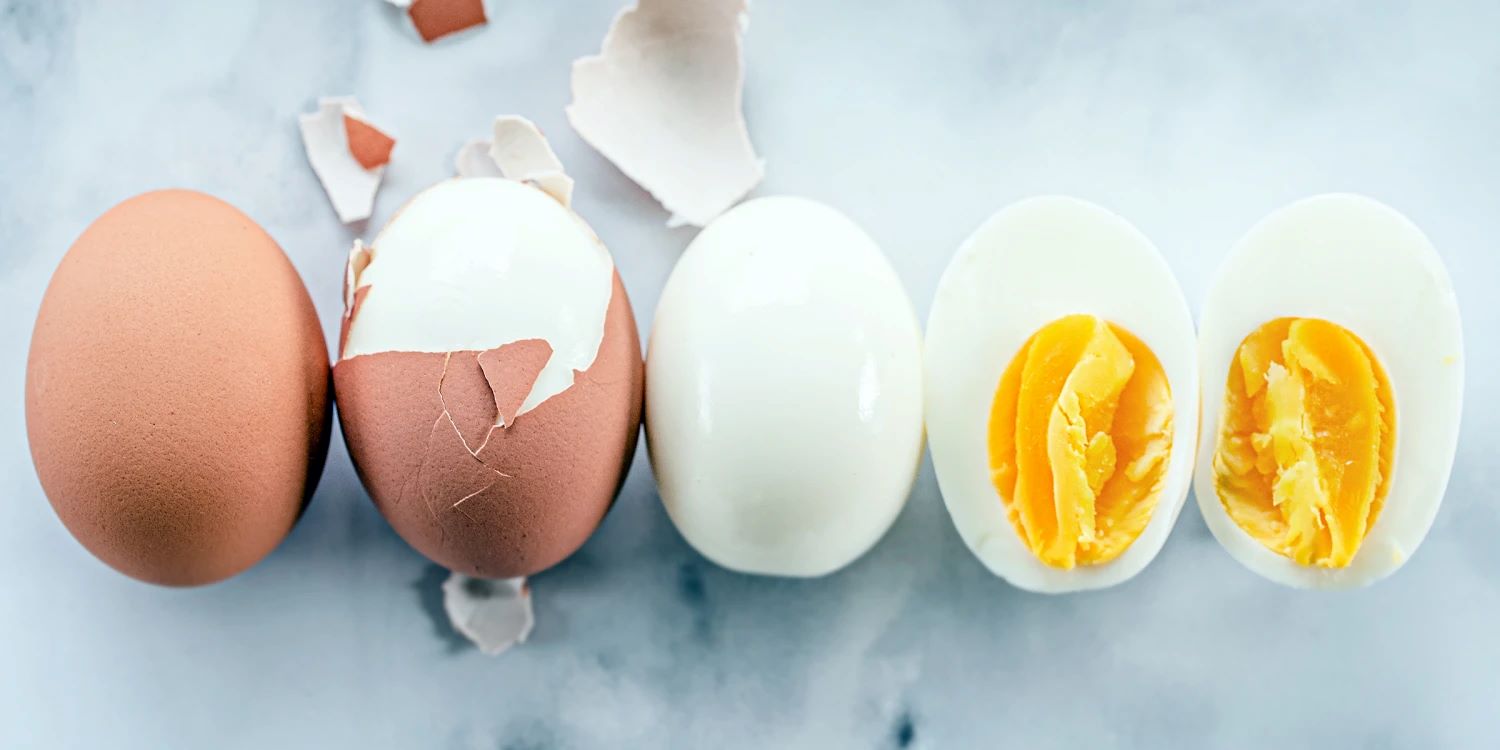
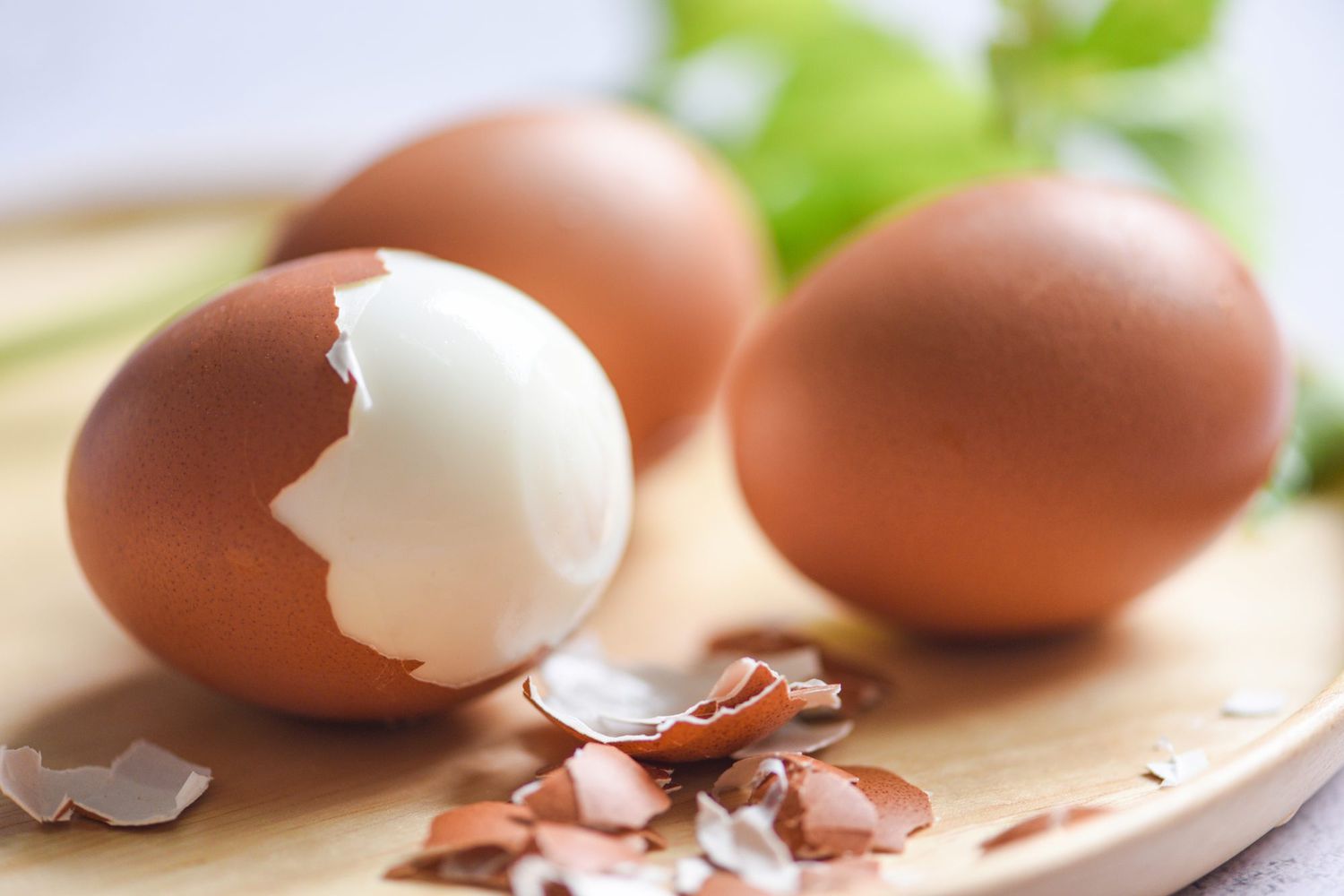

0 thoughts on “How To Store Boiled Peanuts”